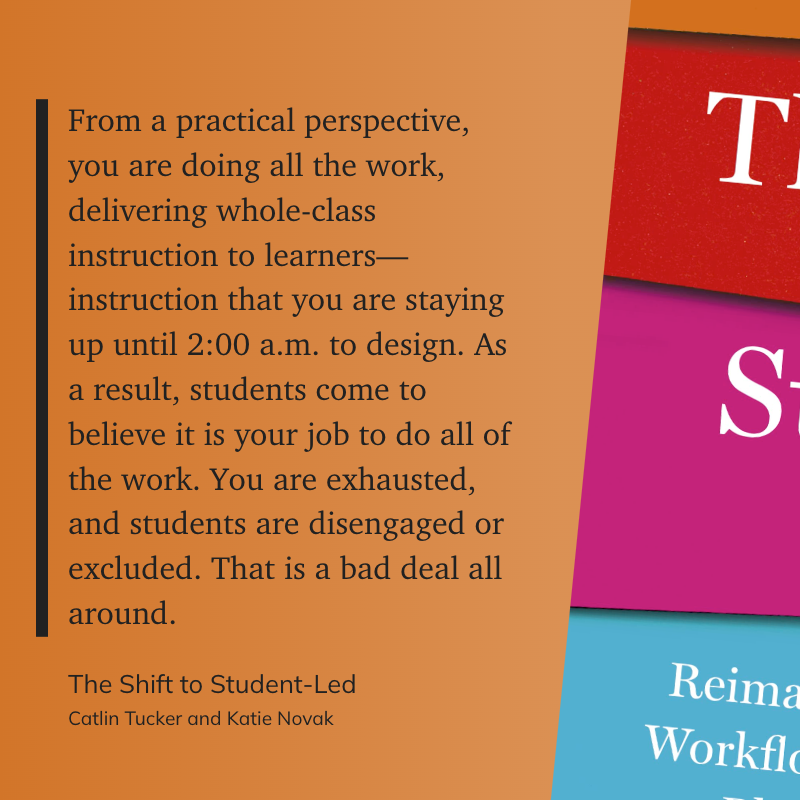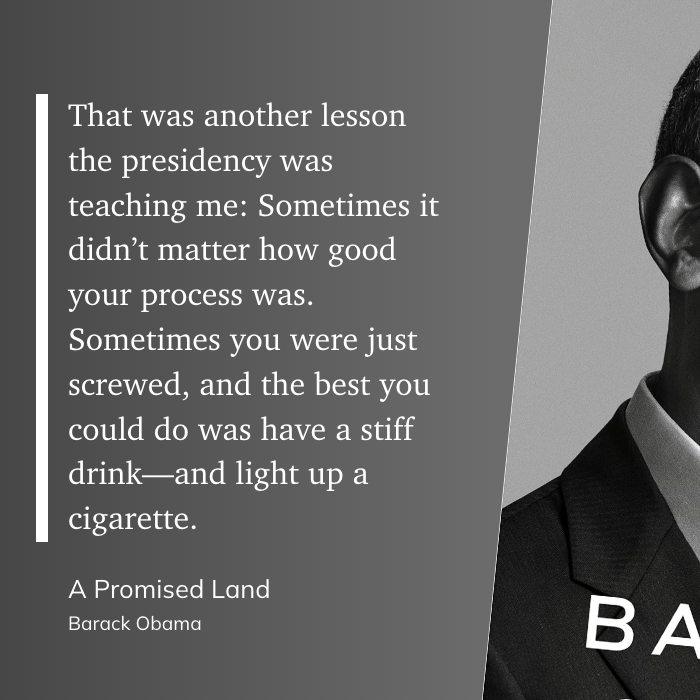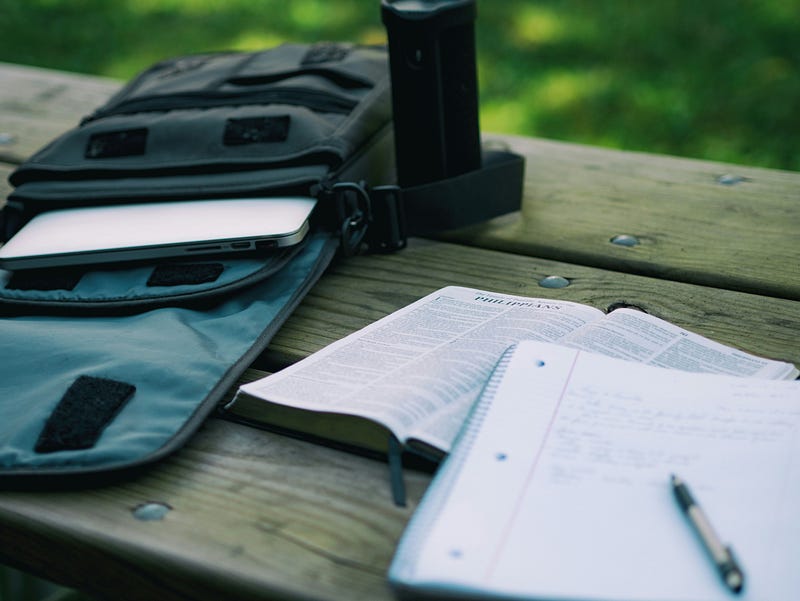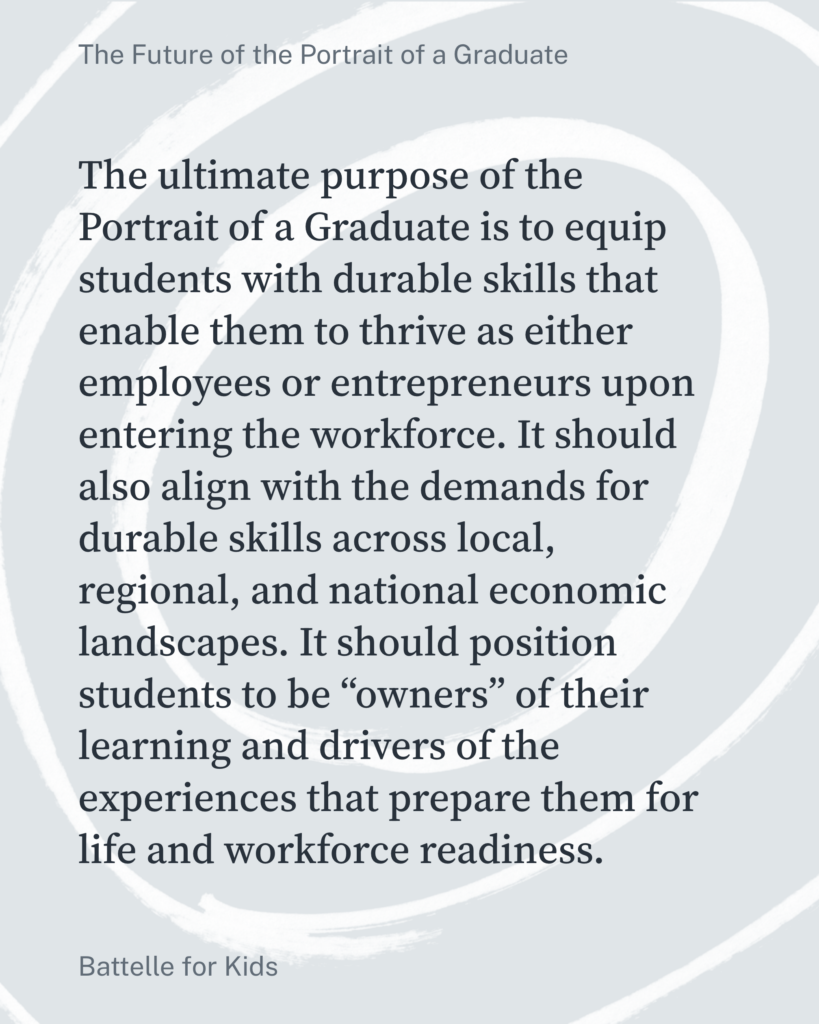
In education, we often find ourselves trapped in a cycle where teachers shoulder the bulk of the responsibility, crafting lessons late into the night and delivering instruction to a room full of passive learners. The quote above from “The Shift to Student-Led” by Catlin Tucker and Katie Novak captures this predicament perfectly:
From a practical perspective, you are doing all the work, delivering whole-class instruction to learners—instruction that you are staying up until 2:00 a.m. to design. As a result, students come to believe it is your job to do all of the work. You are exhausted, and students are disengaged or excluded. That is a bad deal all around.
This dynamic leads to teacher burnout and deprives students of the opportunity to take ownership of their learning. When teachers do all the work, students become passive recipients of knowledge, disengaged from the learning process. This traditional model of education is unsustainable for teachers and ineffective in fostering deeper learning and student agency.
The science of learning and development emphasizes the importance of creating environments where students are active participants in their learning journey. By shifting to a student-led approach, we empower students to take charge of their learning, make decisions, and engage in meaningful, authentic tasks. This increases their motivation and investment in the learning process and helps them develop critical skills such as problem-solving, collaboration, and self-regulation.
From a practical standpoint, this shift can significantly reduce the burden on teachers. Instead of spending hours designing one-size-fits-all lessons, teachers can focus on guiding and supporting students as they explore, inquire, and create. This approach fosters a more dynamic and interactive classroom environment where students are at the center of their learning experience.
The transition to student-led learning is not without its challenges, but the benefits far outweigh the effort required to make this shift. Teachers can reclaim their time and energy while students develop the skills and mindset needed to succeed in an ever-changing world. It’s a win-win situation that promises to transform education for the better.
The Eclectic Educator is a free resource for everyone passionate about education and creativity. If you enjoy the content and want to support the newsletter, consider becoming a paid subscriber. Your support helps keep the insights and inspiration coming!





